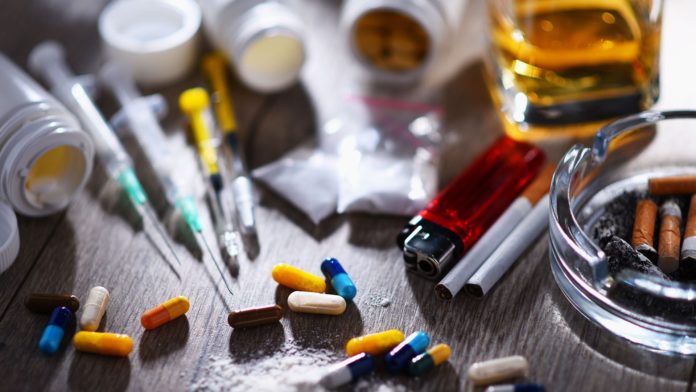Drug abuse among Pakistani youth is increasing, with 7.6 million taking drugs. The government has strict laws to combat trafficking, but prevention requires community, government, and individual efforts. Media can raise awareness, and research is needed to understand emerging trends and improve prevention measures.
Drugs are a new emerging trend among youth, especially in Pakistan. Excessive use of drugs, whether medical prescriptions or illegal substances, leads to negative repercussions on physical and mental health and is referred to as drug abuse. It comes in numerous forms, which may include the use of drugs for pleasure, to cope with stress or trauma, a persistent condition characterized by the recurrent use of drugs despite severe consequences, and using multiple substances to negate the effects of each other.
Drug abuse is taking a heavy toll on the youth of Pakistan. In 2012 and 2013, the United Nations Office on Drugs and Crime (UNODC), in collaboration with the Ministry of Narcotics Control, the U.S. Department of State’s Bureau of International Narcotics and Law Enforcement Affairs (INL), and other national stakeholders, conducted a national survey on drug use to estimate the extent and patterns of drug use in Pakistan. The survey found that nearly 6% of the population (9% of the adult male population and 2.9% of the adult female population), or 6.7 million people, had used a substance other than alcohol and tobacco in 2013. According to the UN report, after 2020, the number of people taking these drugs has increased to 7.6 million.
Drug abuse among Pakistani youth is a complex phenomenon influenced by multiple interrelated causes. Socioeconomic difficulties, such as widespread poverty and limited economic opportunities, foster an environment in which young people may use substances as a coping mechanism or to escape unpleasant realities. Peer pressure exacerbates the problem by normalizing drug use in certain social circles. Family dynamics, which include conflict and, in certain cases, substance addiction among families, play a significant influence on juvenile susceptibility. The prevalence of mental health issues, along with a lack of understanding and access to proper mental health care, exacerbates the situation. Furthermore, easy access to drugs, inadequate law enforcement, and the transnational nature of drug trafficking contribute to the availability and prevalence of narcotics.
Drug control policies in Pakistan are primarily governed by the Anti-Narcotics (ANF) and Narcotics Control Division (NCD). The government has implemented strict laws and regulations to combat drug trafficking, abuse, and production. They focus on the prevention, treatment, and rehabilitation of drug addicts, as well as law enforcement to deter drug-related crimes. To promote a drug-free society, it’s imperative to stay informed about these policies.
“To address the problem, the Federal Government has passed various laws, including the Control of Narcotics Substances Act, 1997, and the Drugs Act, 1976, which prohibit the possession and distribution of illicit drugs and alcohol, with penalties for violations provided in the Code of Criminal Procedure up to and including capital punishment.”
Preventing drug abuse is a shared responsibility of the community, government, and individuals. The government should introduce a policy to provide drug education, starting from primary to higher levels. In addition, free rehabilitation centres are already there in the country, so we should encourage drug addicts to go there. To address the transnational dimensions of drug trafficking, the government should collaborate with international organizations and adjacent countries.
Parents should monitor and communicate with their children and take action as soon as they start to see the signs of drug abuse. Moreover, we should enhance mental health services accessibility to tackle drug abuse-related issues and reduce stigmatization to promote mental well-being.
Over and above that media can raise awareness about drug abuse through educational campaigns, information dissemination, destigmatization, advocacy for treatment, media literacy programs, collaboration with experts, youth engagement, social media campaigns, and promoting healthy lifestyles. These strategies include humanizing stories, collaborating with NGOs, creating interactive content, launching hashtag campaigns, promoting user-generated content, and adhering to guidelines for responsible reporting.
Research should also be conducted by the government and NGOs to understand the emerging trends in drug abuse every year. Data collection can help understand the effectiveness of prevention measures or programs.
The scrouge of Drug abuse among Pakistan’s youth demands a collective and urgent response. The far-reaching consequences of this crisis – from shattered lives to societal decay – are reminders of the need for action. The stakes are high but together we can empower our young people to break free from the shackles of addiction and reach their full potential. The time is to act now as the future of Pakistan depends on it.




